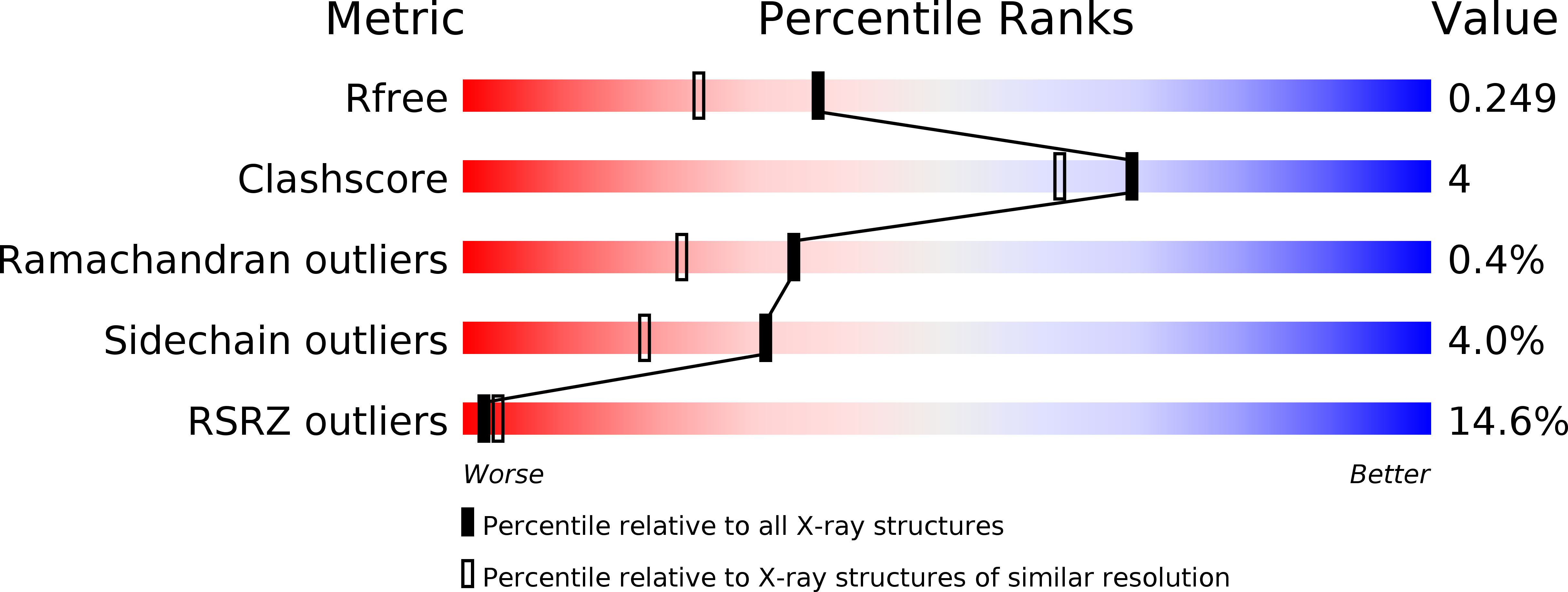
Deposition Date
2004-07-01
Release Date
2004-09-09
Last Version Date
2024-05-08
Entry Detail
PDB ID:
1W2C
Keywords:
Title:
Human Inositol (1,4,5) trisphosphate 3-kinase complexed with Mn2+/AMPPNP/Ins(1,4,5)P3
Biological Source:
Source Organism:
HOMO SAPIENS (Taxon ID: 9606)
Host Organism:
Method Details:
Experimental Method:
Resolution:
1.95 Å
R-Value Free:
0.24
R-Value Work:
0.19
R-Value Observed:
0.20
Space Group:
C 2 2 21


